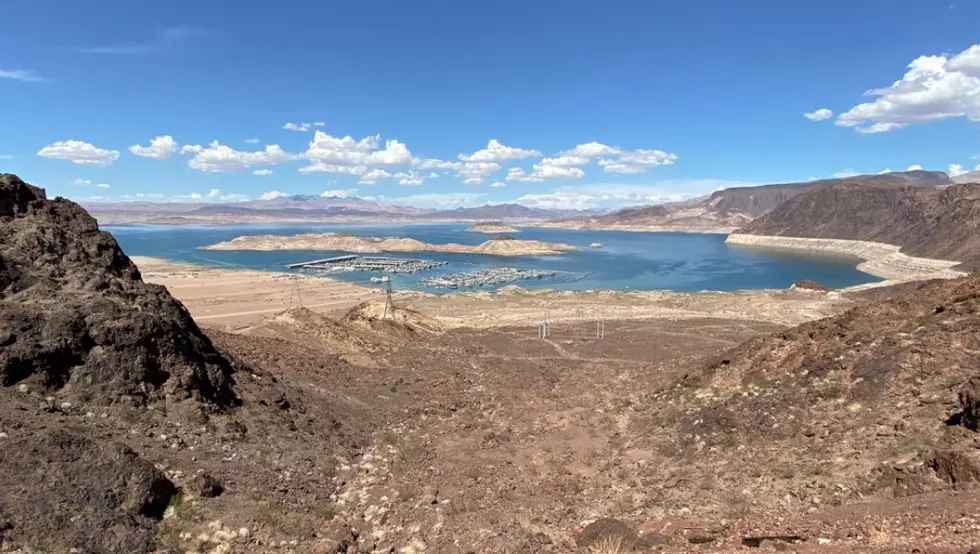
Upper basin states float temporary conservation plan at Colorado River conference
Jeniffer Solis
(Colorado Newsline) Half a year ago, seven western states missed a federal deadline to deliver a basin-wide plan that could reduce their use of water from the over-allocated Colorado River in the next year.
A comprehensive solution between the states to bolster the drought-stricken river system has not materialized.
Those failures and potential solutions were the focus of the Colorado River Water Users Associations annual conference Wednesday.
Water managers representing the four upper basin states — Colorado, Wyoming, Utah and New Mexico — released details of a conservation plan that would pay water users to voluntarily reduce their use of Colorado River water, with the goal of implementing it by the summer.
The five-point plan, designed by the Upper Colorado River Commission in partnership with the U.S. Bureau of Reclamation, is in response to federal pressure to cut between 2 and 4 million acre-feet of water in the next year — roughly one-fifth of the water currently allocated to states.
The plan, however, does not include any mandatory water cuts.
Upper basin officials say the plan is designed to prevent cuts to protect critical elevations at the nation’s two largest reservoirs, Lake Powell and Lake Mead. Both reservoirs now sit three-quarters empty.
Recent federal projections show that without adjustments, both reservoirs could decline to the point where they’re no longer able to generate hydroelectric power within the next three years.
One critical component of the plan is the reauthorization of the System Conservation Pilot Program. The reboot comes with $125 million in federal funding through 2026, thanks to nearly $4 billion set aside for Colorado River projects in the Inflation Reduction Act.
“We are going to build stuff that matters and has enduring benefits to all of you,” said Chuck Cullom, the executive director of the Upper Colorado River Commission.
It’s unclear how much water the pilot program will successfully conserve as a voluntary and temporary solution. The original program saved about 47,000 acre-feet of water at a cost of about $8.6 million over the four years, Cullom said.
“My measure of success is that we have an open, transparent process,” Cullom said during a panel. “I would like to see broad participation in terms of sectors — agriculture, municipal, industrial, tribal — and that at the end the participants are satisfied with how the program went.”
The commission announced they are now accepting proposals for major water saving projects, with a goal to have those projects underway by April 2023. The program is open to water users in the four upper basin states who can demonstrate they have a project that can reduce their water use, including farmers, ranchers, cities, tribes, irrigation districts or industrial users.
Cullom said the pilot program is a significant step in boosting water supply in the Upper Colorado River Basin as drier climate depletes storage. However, he emphasized the program is a short-term solution, adding that long-term and durable solutions are needed to stabilize the system and rebuild dwindling water supply.
“While we need to take immediate, significant, and likely painful, actions to stabilize the system, extending the existing rules is an untenable approach to this crisis,” Cullom said.
The mega-drought in the American Southwest has become so severe it’s now the driest two decades in the region in at least 1,200 years.
Officials for the U.S. Bureau of Reclamation warned that aridification, the long-term shift to a drier climate, has placed the West in a position few would have imagined just a few years ago.
“The situation we’re facing today is a situation where our basic assumptions about hydrology no longer serve us well. We are in the process of reconsidering those assumptions,” said Wayne Pullan, the regional director of the Upper Colorado Basin Region for the U.S. Bureau of Reclamation.
